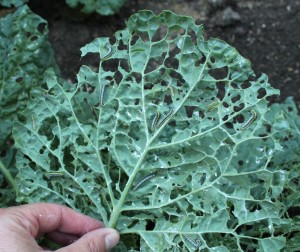Thank Goodness that the heat waves are over for this year.
I say that with confidence like I can predict the future which of course isn’t true, but by the beginning of September the chances are slim for another heat wave in the Mid-Atlantic states.
Did you know that Heat Wave is an actual term? I didn’t before hearing the local weatherman talk about it on TV a couple of weeks ago when we had temperatures of 90 degrees or more.
A heat wave is three days in a row with temperatures over 90 degrees Fahrenheit.
That’s 32.3 degrees in Celsius.
We may have had 3 heat waves all summer and the significant thing about that for gardening is, first and most obvious, is the need for more watering. Temperatures so hot don’t always come with an afternoon pop-up storm and the effect of all that sun and heat is wilted plants.
Second, many plants will stop flowering when the temperature is so hot.
During a couple of the heat waves the cucumbers stopped flowering. Tomato and pepper flowers just kinda quit, too.
Isn’t sort of funny that prolonged excess heat can give plants stress, too? Like cows, even they want to find some shade!
